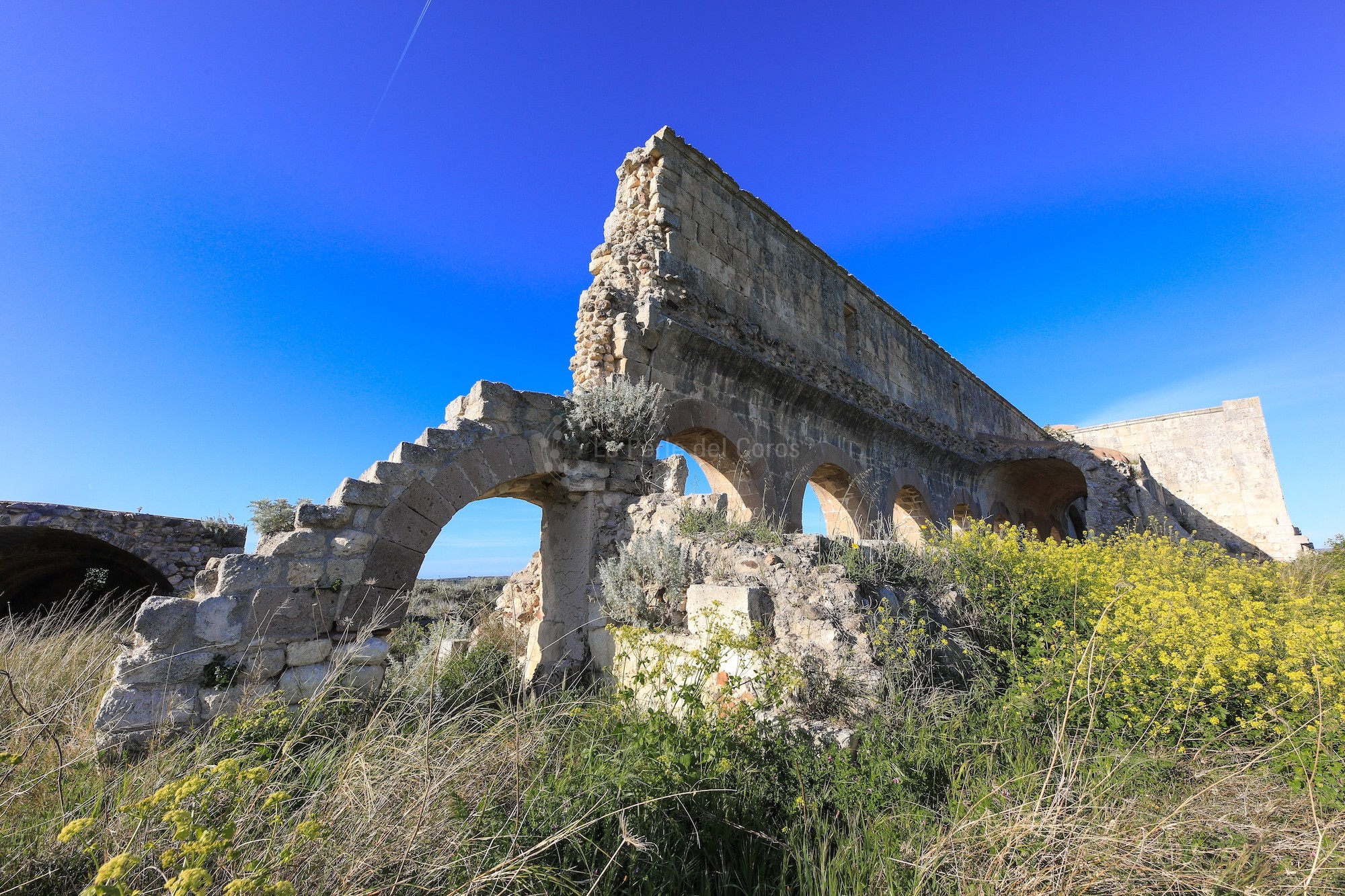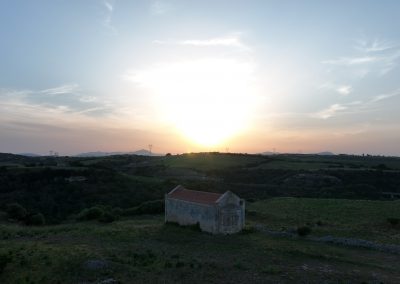
Ittiri
Our Lady of Paulis
In the territory of Ittiri, the Cistercian monks founded abbeys and churches around the year 1000 AD. Two of the churches present in Ittiri date back to the 13th century: the church of the Virgin Mary of Paulis and Our Lady of Coros, characterised by Romanesque and Gothic architecture. The church of “Our Lady of Pauli” is located in the countryside between Ittiri and Uri, along the ancient Roman road, later called the road of the Fathers because it connected the Cistercian abbey of Saint Mary of Corte (founded in 1148) to the church of Our Lady of Paulis, located in a swampy area on reclaimed land, from which it got its name Paludis/Padulis (tn* meaning “swamp”). The abbey of Paulis was administered by the priorate of Saint Mary of Coros, as attested by the typarium seal of Alberto found in 1848, now on display in the Archaeological Museum of Cagliari. The monastery and the church of Saint Mary of Paulis had a Romanesque plan and Cistercian structure. They were built by order of the Judge Comita of Torres, who in 1205 donated a vast territory to the monks, including the cows, pigs and sheep living on it. In 1410, the monastery was in a state of ruin. (tn* Judgedoms or Judicatures were independent states that took power in Sardinia in the Middle Ages, between the 9th and 15th century AD) The church was enlarged sometime later and the façade, in colonial style, has lost its original meaning. The body of the transept has been isolated with dividing in-fill walls built under the arches, becoming an autonomous place of worship. You can also identify the foundations of the cloister and the structures of the other monastic rooms, with full barrel vaults. Of the Cistercian Abbey, made from limestone ashlars of medium size, only a part of the oriented square choir remains, along with the transept overlooked by two chapels next to the presbytery, a piece of the southern wall, and its connected partition wall. The plan forms a T-shaped cross, with the main body of the church divided into three naves by arches on pillars and a transept, and overlooked by the choir and a square chapel per side. The structure’s framework starts from the bottom with a low base and wide corner half pilasters. The central nave is illuminated by long lancet windows without splays, but with steeply inclined windowsills. On the northern wall of the choir, a wardrobe was hollowed out and on the southern side there is a Latin cross window. Instead, on the eastern extremity, the disposition of the wide lights reflects the iconography of the Holy Trinity. In the northern area the monastic room has a barrel vault with robust rib supports departing from truncated-pyramidal shelves with moulded ledges (tn* rib: an arch of masonry which forms part of the framework on which a vault rests. Ribs generally project from the undersurface of the vault). The north-eastern walls of the cloister still stand.
Source: “Ittiri news and images from the past” (in Italian) by Mario Faedda; Visit Ittiri







